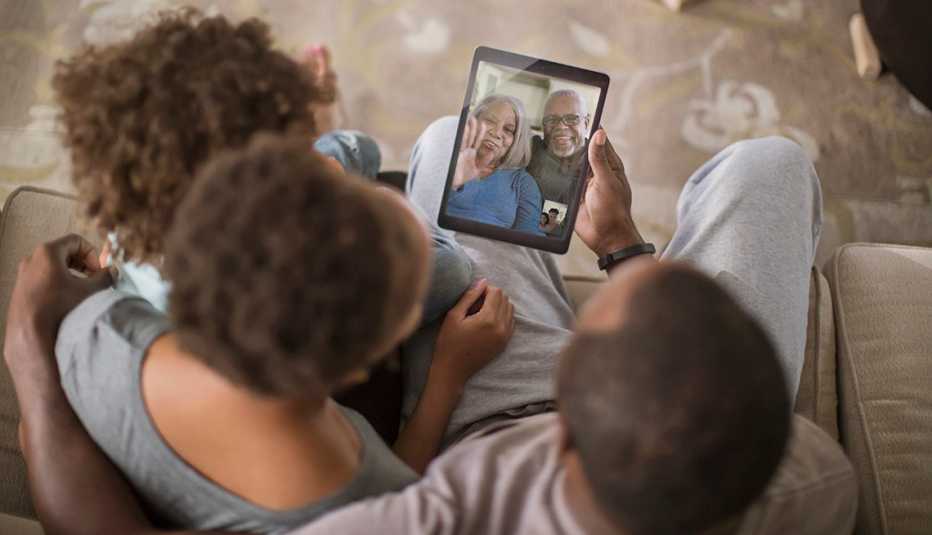AARP Hearing Center
Caregiving from a distance is a daunting job. Pre-pandemic long-distance caregivers already knew the challenges of supporting the well-being of a loved one without being locally available for hands-on care. And now, they've been presented a slew of previously unthinkable obstacles.
Caregiver advocates suggest that you employ home health aides and companions as part of your trusted care team. At the moment, though, and for the foreseeable future, you may have difficulty hiring such a service due to a lack of workers in the industry. Your remote care recipient may be on a waiting list through Medicare or still unable to hire on a private-pay basis through a service. The lack of workers may prompt families to consider facility or community living instead of aging in place.
It's also harder to find and enroll in facility care than it was before the pandemic. Caregivers are wrestling with implementing a move from private homes to community environments, for fear of exposing their loved ones to the coronavirus. They can't physically tour the communities to find the right fit and are struggling with the reality that they won't be able to visit in an unfettered way (and certainly won't be able to just drop in).
And it's true that there is no substitute for face-to-face time with someone you love, particularly when you are their caregiver. However, you may not be willing or able to travel because of your own health or logistical concerns or for fear of exposing your loved one to illness.
At this point, your care partner may be living in an isolated manner, whether by choice or circumstance. We know that isolation is bad for mental health and longevity, but many are limiting their interactions with others and time spent in public spaces.
It's not an easy time. And yet, in the fog of an unfolding and uncertain pandemic, I see a brighter future for remote caregivers.
Despite all these challenges, caregivers are rising to the occasion. The advice and techniques historically used by remote caregivers are still sound (plan ahead, assemble a local care team, and so on). But the way we apply some of this advice is beginning to take a different approach than in the past.





































































